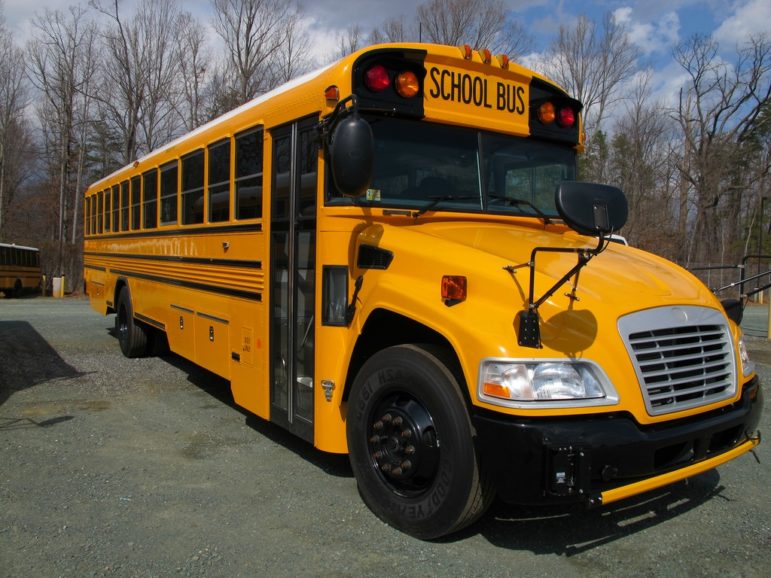
June 6, 2016; Roanoke Times
The Commonwealth Institute for Fiscal Analysis released a report last week entitled “Weighing Support for Virginia’s Students,” the results of which indicate that Virginia provides about half as much funding for low-income students as compared to other states. This news is troubling as it comes on the heels of research by the National Center for Children in Poverty, which showed that an estimated 34 percent of children in Virginia live in low-income families.
Children from low-income families are unfortunately already at a disadvantage before even entering the school system. Research indicates that children of low-income families have significantly worse math and reading skills by the time they start grade school. This issue is compounded when we consider that children who live in poverty are often facing a slough of additional issues such as hunger, unsafe homes, and a lack of parental guidance. Without appropriate systems in place, these issues persist into adulthood, resulting in low educational achievement overall and lower lifetime earnings.
A wide body of research suggests children who come from low-income families can reach the same levels of academic achievement as children from mid- to upper-level income families with adequate state funding. The Commonwealth Institute report found that it could cost as much as two-and-a-half times as much to ensure equal achievement. The additional funding pays for such programs as early childhood learning, afterschool instruction, and remediation for struggling students, as well as higher salaries to attract the best teachers.
Sign up for our free newsletters
Subscribe to NPQ's newsletters to have our top stories delivered directly to your inbox.
By signing up, you agree to our privacy policy and terms of use, and to receive messages from NPQ and our partners.
The Federal Title I program was created to ideally close the income education gap. However, we are finding that the use of an outdated funding distribution formula sends more Title I funds to richer school districts and less to poorer ones. This is particularly problematic when we consider that in Virginia, most high poverty families live in pockets within school districts. The Commonwealth Institute report indicates that in Petersburg and Richmond City, more than 40 percent of children are living in poverty. When limited Title I dollars (approximately $14 billion nationwide; $228 million in Virginia) are distributed amongst that many students, the results of the additional $1576 per “formula count” student in Petersburg and $1633 in Richmond City are unlikely to be positive. Nationally, almost half of all public schools are designated as being eligible to receive federal Title I funding.
Outside of federal support, most states, Virginia included, do provide additional funding for each low-income student enrolled in a school. The amount each state provides, however, varies greatly, with the national average being 29 percent more funding per low-income student.
The Virginia program, called At-Risk Add-On, falls well below the national average. Rather than using a weighted formula by student, the At-Risk Add-On program provides districts with 1–13 percent more funding for every low-income student, based on the concentration of poverty. This means that in districts with the highest poverty rate, schools receive the full 13 percent additional funding. In areas with the lowest poverty rate, schools receive closer to one percent additional funding. With this formula, Virginia provided schools with between 14-19 percent more funding for low-income students—about half of the national average.
What can Virginia do to lessen the gap? While there is a lot of work to do when it comes to closing the income education gap, the most obvious step Virginia can take, and the answer presented by the Commonwealth Institute, is to increase funding for the At-Risk Add-On program. The think tank argues that Virginia should increase funding to reflect the level of support the latest research shows is needed. Increasing the funding rate to be between 1–25 percent would allow Virginia to be in line with what other states are doing across the country. Moreover, increasing support for At-Risk Add-On would restore about a quarter of the state funding that was cut from the program during the recession.—Sheela Nimishakavi













